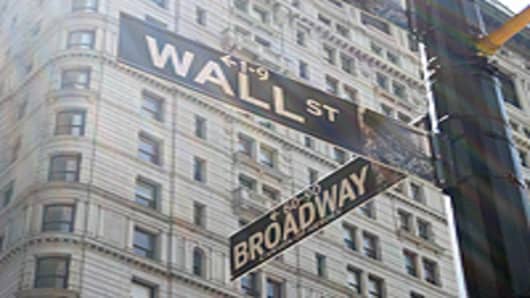The Federal Reserve said on Thursday it raised the interest rate it charges banks for emergency loans but insisted that its first rate move since December 2008 would not raise borrowing costs for consumers or companies.
The Fed cast its decision to raise the discount rate to 0.75 percent from 0.5 percent as a response to improved financial market conditions that warrant less of a helping hand from the U.S. central bank.
It went to pains to draw the distinction between the discount rate and its target for overnight interbank rates, its main monetary policy tool, which remains unchanged near zero percent as a fragile U.S. economic recovery struggles to gain traction.
"Like the closure of a number of extraordinary credit programs earlier this month, these changes are intended as a further normalization of the Federal Reserve's lending facilities," the Fed said in a statement.
"The modifications are not expected to lead to tighter financial conditions for households and businesses and do not signal any change in the outlook for the economy or for monetary policy," it said.


